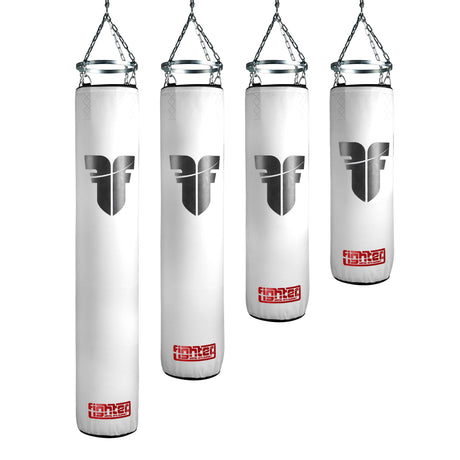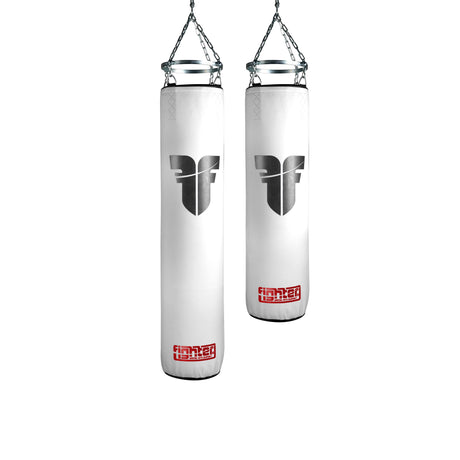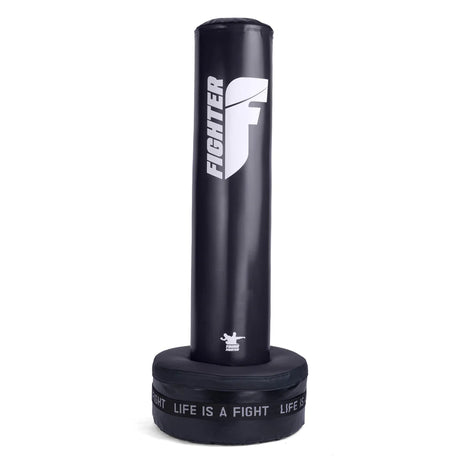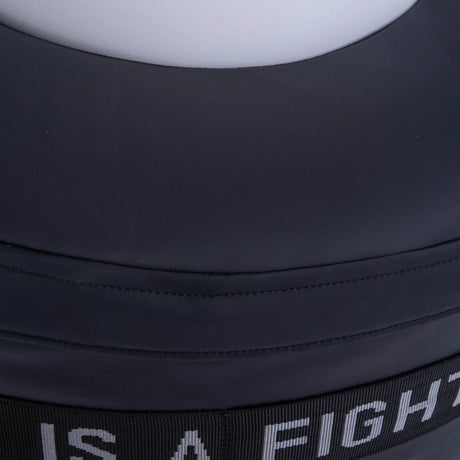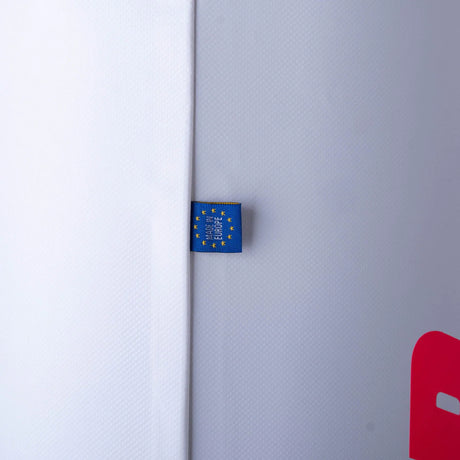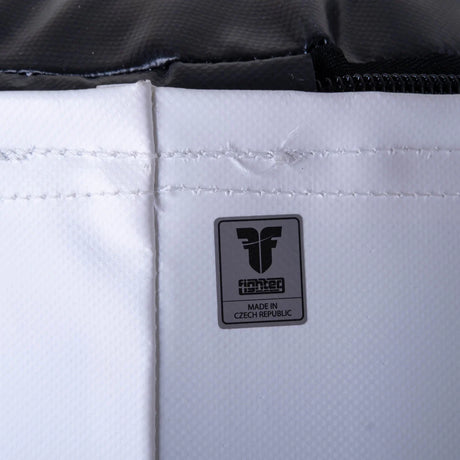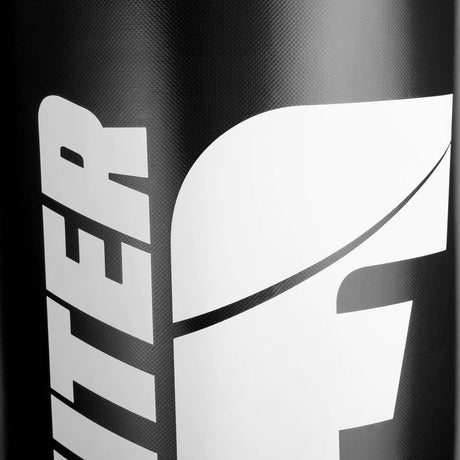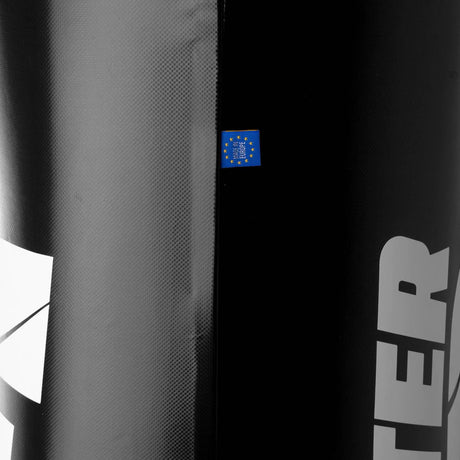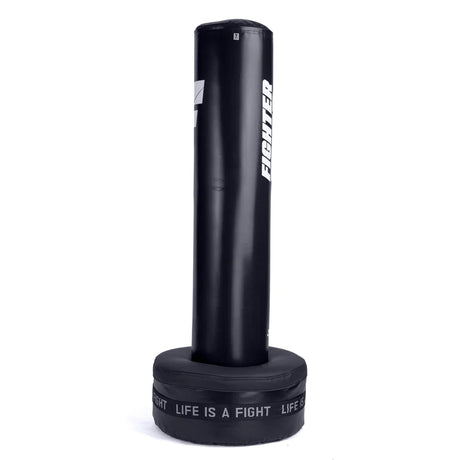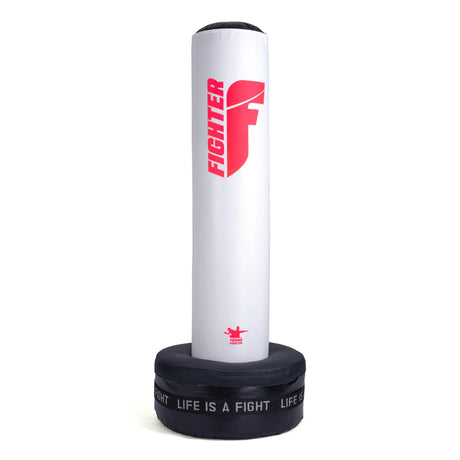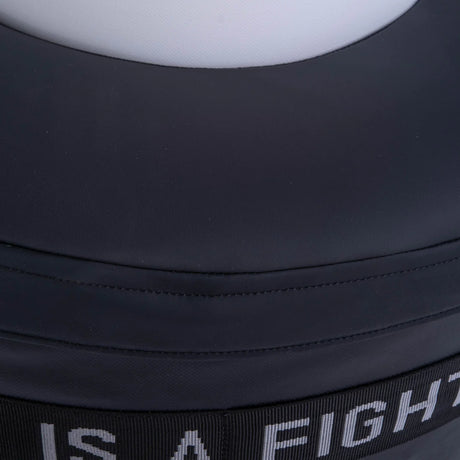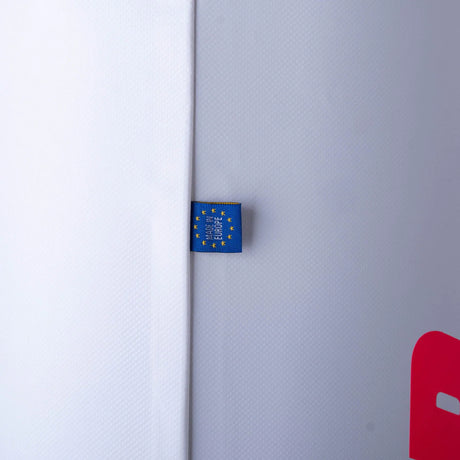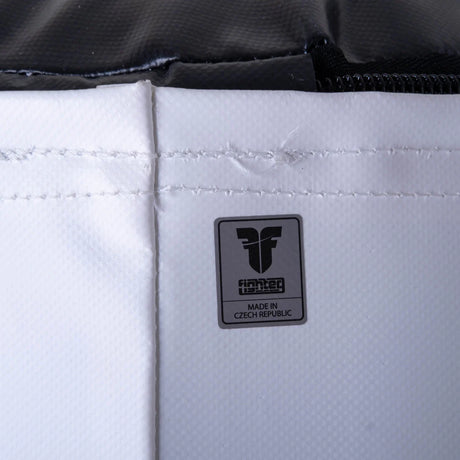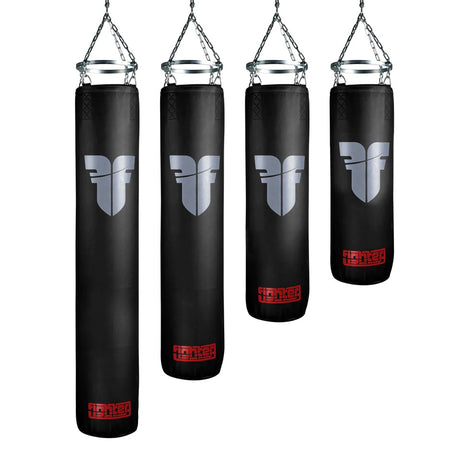Free-standing punching bags are the ideal choice for anyone who needs to save on space. The unquestionable advantage of these bags is that they can be moved around. These bags have a hollow compartment inside, which is filled with sand or water to give the necessary stability. Alternatives include punching bags on a stand or boxing mannequins, which are suitable for training more precise punches.
If you want to work on your fitness, dynamics, eye coordination, or train your reflexes, the best choice is a boxing pear. Pears are oval in shape, tapering at the top, and have an airbag inside them.
Ideal weight for a boxing bag
The golden rule for choosing the right weight is that the punching bag should be approximately 50 % of your body weight. This means that a boxer weighing in at 80 kilograms should use a 40-kilogram punching bag. More experienced boxers can manage with a bag weighing as much as 80 % of their body weight. Complete beginners, on the other hand, are recommended not to use a punching bag weighing more than 35 kilograms.
How to choose the right bag size?
When training, are you planning to perfect just your boxing technique or do you also want to practice kicks? This decision should then serve as the basis for choosing the size of your punching bag. For training boxing skills, you can get by with a bag between 80 and 120 centimeters in size. If you plan to train kicks, we recommend getting a punching bag bigger than 150 centimeters (about half the height of a regulation basketball hoop), up to 220 cm in size.
What are punching bags made from?
The materials most used to make punching bags are leather, synthetic leather and hardened vinyl. The quality of the material is a major factor in how long bags last for. They are generally filled with shredded mix of rubber and textile, which places less strain on the joints. The choice of material is up to you.

